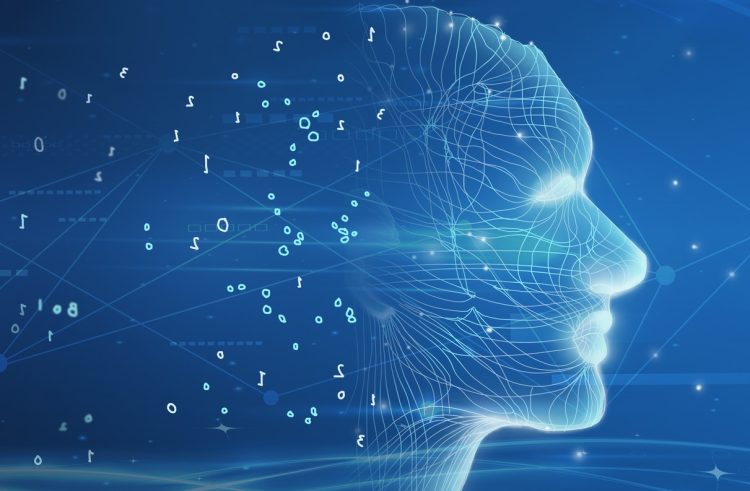In the ever-evolving landscape of technology, face recognition stands as a testament to human ingenuity and the relentless pursuit of innovation. This groundbreaking technology has not only transformed the way we interact with digital systems but has also permeated various sectors, revolutionizing processes and enhancing security measures. Let’s delve into the fascinating journey of face recognition technology, exploring its evolution, applications, and the profound impact it has had on our society.
From Concept to Reality: The Evolution of Face Recognition
The origins of face recognition can be traced back to the late 20th century when researchers began exploring ways to identify individuals based on their unique facial features. Early systems were rudimentary, often requiring controlled environments and significant processing power. However, advancements in artificial intelligence, machine learning, and computational capabilities have propelled face recognition technology into an era of unprecedented accuracy and efficiency.
Today, face recognition algorithms can swiftly analyze and match facial images with vast databases, making them invaluable tools for verification, surveillance, and personalization.
Transforming Industries: The Wide Array of Applications
One of the most profound impacts of face recognition technology lies in its versatility. It has found applications in a multitude of industries, reshaping how we approach security, customer experience, and even healthcare.
- Security and Surveillance: Airports, stadiums, and public spaces employ face recognition for enhanced security measures, enabling quick identification of individuals and potential threats.
- Access Control: From unlocking smartphones to granting access to restricted areas, face recognition offers a seamless and secure authentication method.
- Retail and Marketing: Retailers use this technology for personalized shopping experiences, analyzing customer demographics and preferences to tailor marketing strategies.
- Healthcare: In medical settings, face recognition aids in patient identification, ensuring accurate medical records and enhancing overall patient care.
Addressing Concerns: Privacy and Ethical Considerations
While the benefits of face recognition technology are undeniable, its widespread adoption has also raised concerns about privacy and ethical implications. The potential for misuse, such as unauthorized surveillance or biased identification, underscores the need for robust regulatory frameworks and ethical guidelines.
Developers and policymakers are increasingly working together to ensure that face recognition technology respects individual privacy rights, incorporates transparency, and minimizes biases. Striking a balance between innovation and ethical responsibility is crucial for the sustainable growth of this technology.
Conclusion: A Future Shaped by Face Recognition
As we look ahead, the future of face recognition technology promises even greater integration into our daily lives. With ongoing research and development focused on enhancing accuracy, speed, and privacy protection, the potential for positive transformation across sectors is immense.
Face recognition technology stands as a testament to humanity’s ability to harness technology for progress while navigating the complexities of ethical considerations. As we continue to innovate, it is imperative that we do so with a commitment to responsible use, ensuring that this powerful tool serves the best interests of society. The journey of face recognition is one of continuous evolution, and its impact will continue to shape the world we live in for generations to come.


















































Discussion about this post